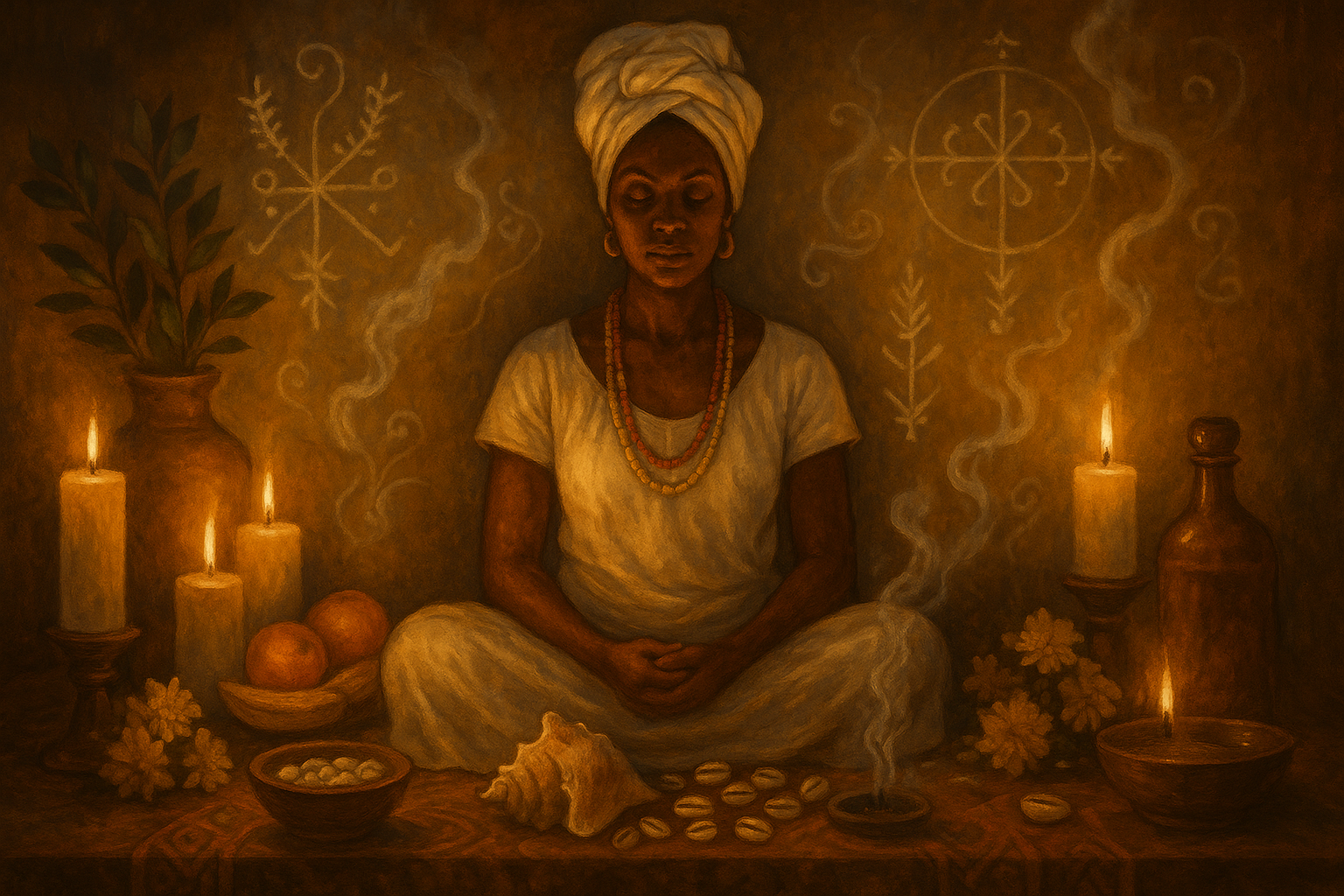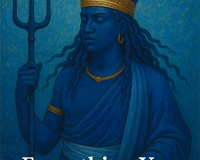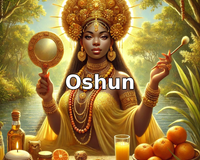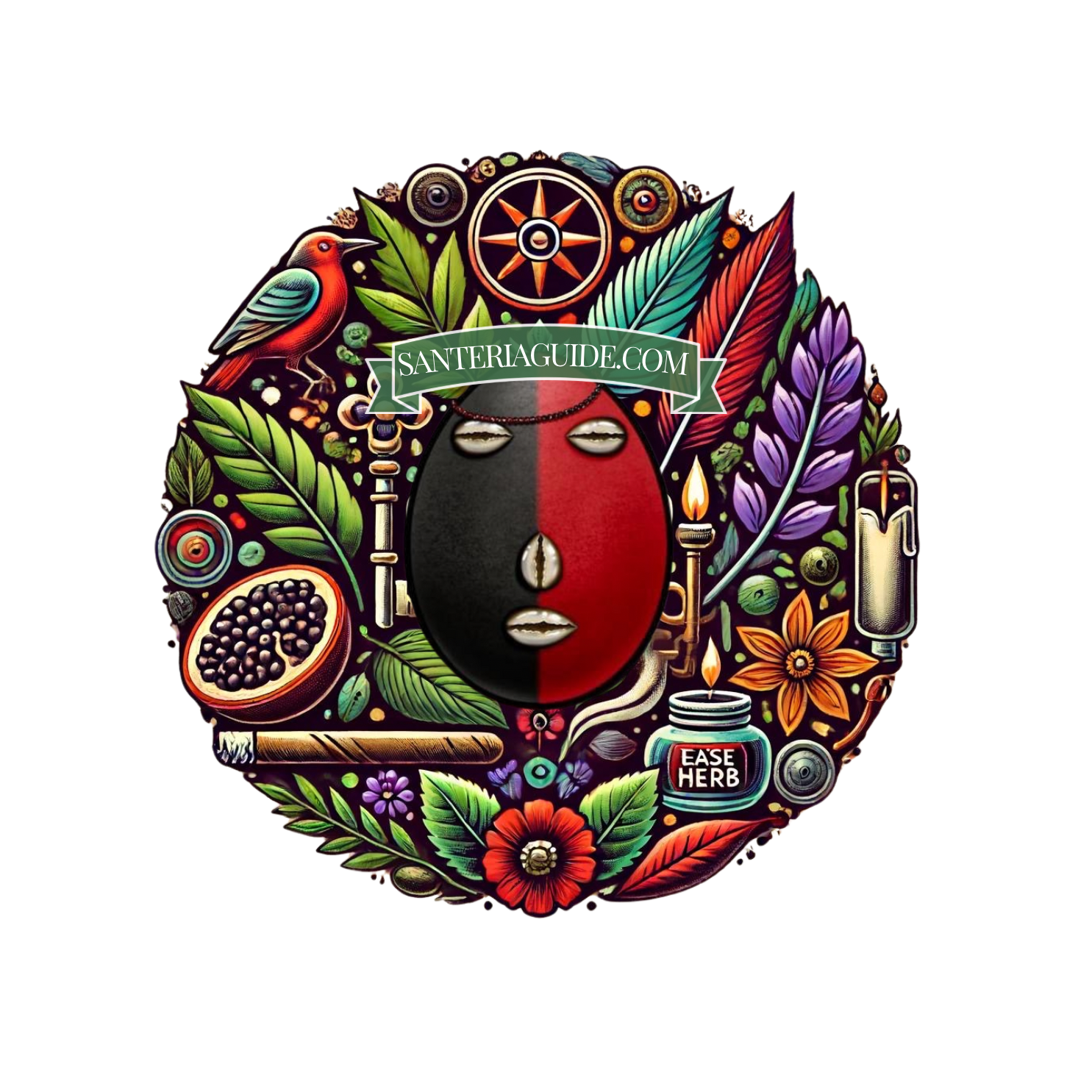- Understanding the Foundational Traditions: Palo Mayombe, Santería, and Espiritismo
- The Espiritismo Influence on Modern Spiritual Practice
- Contemporary Wellness Integration and Therapeutic Applications
- Ceremonial Tools and Their Wellness Applications
- Ritualistic Practices in Modern Therapeutic Contexts
- Community and Individual Practice Dynamics
- Authenticity Considerations in Modern Spiritual Commerce
- Frequently Asked Questions About Traditional Practice Integration
- Future Directions and Sustainable Practice Development
Understanding the Foundational Traditions: Palo Mayombe, Santería, and Espiritismo
The convergence of ancient African spiritual practices with contemporary wellness paradigms represents a profound cultural phenomenon that extends far beyond superficial appropriation. Palo mayombe, santería, and espiritismo constitute three distinct yet interconnected spiritual traditions that have maintained their authenticity while adapting to modern practitioners' evolving needs. These systems offer holistic approaches to spiritual well-being that predate many contemporary wellness movements by centuries.
Palo Mayombe, rooted in Bantu cosmology from Central Africa, emphasizes the veneration of ancestral spirits and the utilization of natural elements—particularly wood, earth, and botanical specimens—in ritualistic practices. The tradition's nganga serves as both spiritual vessel and conduit for communication with the muerto, establishing a direct lineage between practitioners and their ancestral heritage.
Santería, or Lucumí, emerged from Yoruba religious practices transported through the Atlantic slave trade. This tradition centers upon the veneration of orishas—divine energies that govern various aspects of existence, from love and prosperity to health and protection. Unlike monotheistic concepts of deities, orishas represent archetypal forces that practitioners can invoke for guidance and spiritual alignment.
The Espiritismo Influence on Modern Spiritual Practice
Espiritismo, influenced by Allan Kardec's Spiritist philosophy, provides the mediumistic framework that bridges African traditional religions with European metaphysical concepts. This synthesis creates a comprehensive spiritual system that acknowledges multiple planes of existence and emphasizes direct communication with spiritual entities through mediumistic consultation and ritualistic invocation.
Contemporary Wellness Integration and Therapeutic Applications
Modern wellness practitioners increasingly recognize the therapeutic efficacy embedded within these traditional systems. The holistic approach of palo mayombe, santería, and espiritismo addresses psychological, emotional, and spiritual dimensions simultaneously—a methodology that aligns with contemporary understanding of integrated health practices.
Ritual cleansing ceremonies, known as limpiezas or despojos, function as sophisticated energetic purification techniques that parallel modern concepts of psychological detoxification. These practices utilize botanical preparations, sacred waters, and incantatory procedures to remove negative influences and restore spiritual equilibrium.
Ceremonial Tools and Their Wellness Applications
The utilization of handcrafted ceremonial implements extends beyond mere ritualistic symbolism to encompass tangible therapeutic benefits. Elekes—consecrated beaded necklaces—serve as protective amulets that maintain continuous energetic connection with specific orishas, providing practitioners with sustained spiritual support throughout daily activities.
The 7 Potencias Bracelet with Cowrie Shells exemplifies this intersection of traditional craftsmanship and modern accessibility. This carefully unconstructed piece incorporates cowrie shells—historically significant in African divination practices—alongside representations of seven powerful orishas. For contemporary practitioners seeking to integrate traditional spiritual protection into their wellness routines, this bracelet provides a tangible connection to ancestral wisdom while remaining suitable for everyday wear.
Ritualistic Practices in Modern Therapeutic Contexts
The incorporation of traditional ceremonial practices into contemporary therapeutic frameworks demonstrates the enduring relevance of these ancient systems. Spiritual consultations, incorporating divination through cowrie shells, tarot systems, or mediumistic channels, provide practitioners with guidance that addresses both immediate concerns and long-term spiritual development.
"The ancestors speak through multiple channels, offering wisdom that transcends temporal limitations and provides guidance for navigating contemporary challenges while maintaining spiritual authenticity."
Botanical preparations, including spiritual baths (baños) and herbal tinctures, utilize pharmacologically active plant compounds alongside spiritual invocations to address both physical ailments and energetic imbalances. These preparations require extensive knowledge of plant properties, seasonal harvesting techniques, and appropriate ritual procedures for maximum efficacy.
Community and Individual Practice Dynamics
The communal aspect of these traditions provides psychological benefits that complement individual spiritual practices. Participation in ceremonial gatherings, known as tambores or spiritual sessions, creates supportive networks that address social isolation—a significant factor in contemporary mental health challenges.
- Collective drumming and chanting generates altered states of consciousness conducive to therapeutic breakthrough
- Shared ritual participation strengthens community bonds and provides mutual support systems
- Intergenerational knowledge transmission preserves cultural authenticity while adapting to contemporary needs
- Mentorship relationships between experienced practitioners and initiates create structured spiritual development pathways
Authenticity Considerations in Modern Spiritual Commerce
The commercialization of traditional spiritual practices necessitates careful consideration of cultural authenticity and ethical sourcing. Mass-produced ritual implements lack the spiritual preparation and artisanal quality essential for effective ceremonial use. Authentic practitioners recognize the distinction between handcrafted ceremonial tools and commercially manufactured imitations.
Ethical spiritual commerce requires understanding the cultural significance of ritual implements and ensuring their production respects traditional methodologies. Mazos, ildés, and other ceremonial tools must be crafted according to traditional specifications, utilizing appropriate materials and construction techniques passed down through generations of practitioners.
Frequently Asked Questions About Traditional Practice Integration
How can newcomers distinguish authentic spiritual products from mass-produced alternatives?
Authentic ceremonial tools exhibit specific characteristics: natural material variations, hand-finished details, and construction methods that prioritize spiritual efficacy over aesthetic uniformity. Mass-produced items typically display machine-perfect consistency that lacks the subtle imperfections inherent in handcrafted work.
What role do ancestral connections play in contemporary wellness applications?
Ancestral veneration provides psychological grounding and cultural continuity that enhances personal identity and spiritual resilience. This connection offers guidance systems based on accumulated wisdom rather than contemporary trends, providing stability in rapidly changing social environments.
| Traditional Element | Modern Wellness Application | Therapeutic Benefit |
|---|---|---|
| Ritual Cleansing | Energetic Detoxification | Stress Reduction, Mental Clarity |
| Ancestral Consultation | Spiritual Guidance Sessions | Decision-Making Support, Life Direction |
| Protective Amulets | Wearable Spiritual Tools | Spiritual Protection, Confidence Building |
| Botanical Preparations | Herbal Wellness Products | Physical Health, Emotional Balance |
Future Directions and Sustainable Practice Development
The continued evolution of these traditions within contemporary contexts requires maintaining cultural integrity while addressing modern practitioners' accessibility needs. This balance necessitates ongoing dialogue between traditional practitioners and contemporary wellness advocates to ensure authentic transmission of spiritual knowledge.
Educational initiatives that provide comprehensive understanding of these traditions' historical contexts, cultural significance, and proper implementation methods serve to prevent misappropriation while encouraging respectful engagement. Such programs emphasize the responsibility inherent in practicing traditions that carry centuries of accumulated wisdom and cultural heritage.
The intersection of palo mayombe, santería, and espiritismo with modern wellness represents not merely a trend but a return to holistic spiritual practices that address human needs across multiple dimensions. As contemporary society increasingly recognizes the limitations of purely materialistic approaches to well-being, these traditions offer time-tested methodologies for achieving spiritual balance and personal transformation.





